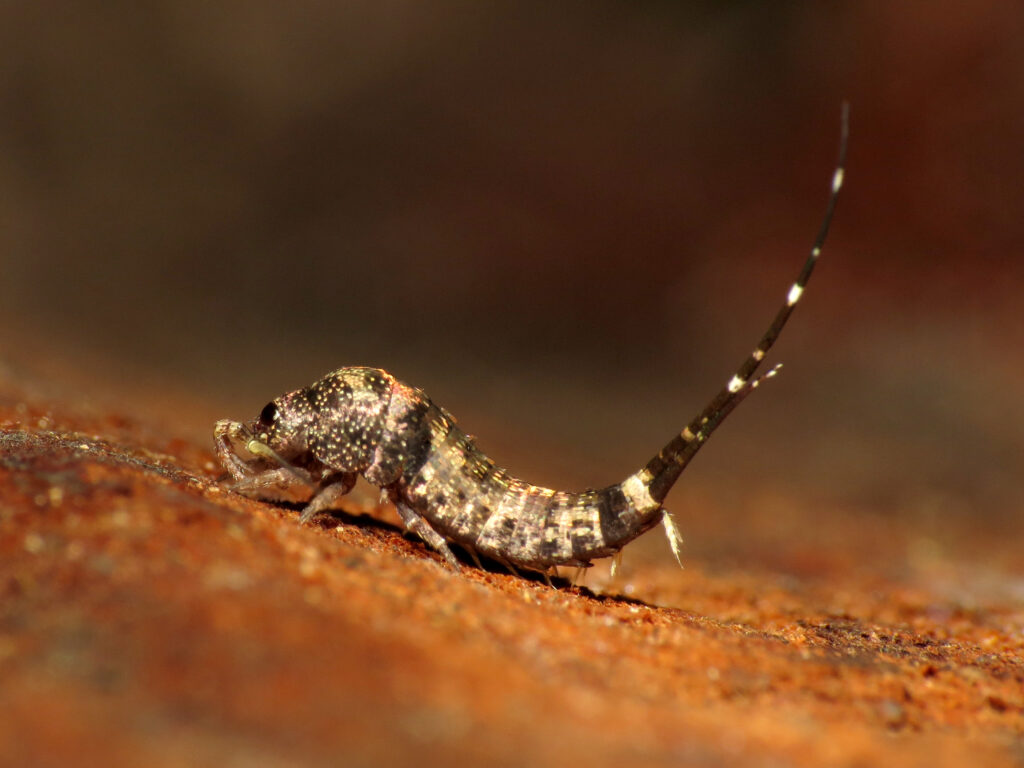When dinosaurs roamed the Earth, a diverse array of insects had already been buzzing, crawling, and fluttering across the planet for millions of years. While many prehistoric creatures have long since disappeared, leaving only fossil records of their existence, some insect species have displayed remarkable evolutionary stability. These “living fossils” have maintained nearly identical body structures and behaviors for hundreds of millions of years, defying the typical pattern of evolutionary change. From the murky swamps of the Carboniferous period to today’s modern ecosystems, these ancient insects offer a direct window into Earth’s distant past. Their extraordinary resilience and evolutionary success story provides fascinating insights into adaptation, survival, and the fundamental principles that govern life on our planet.
Defining Evolutionary Stasis: What Makes an Insect a “Living Fossil”
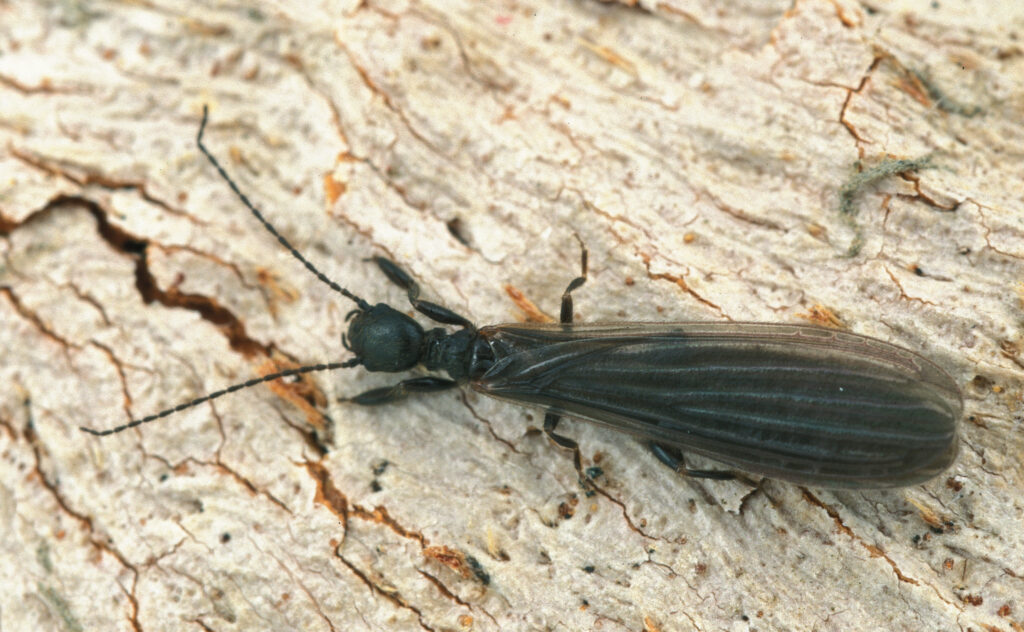
The term “living fossil” was first coined by Charles Darwin to describe organisms that have remained virtually unchanged for millions of years while their relatives have evolved or gone extinct. For insects to qualify as true living fossils, they must possess morphological structures nearly identical to their ancient ancestors, as confirmed through fossil evidence. This phenomenon, called evolutionary stasis, occurs when organisms reach an optimal adaptation to their environment, requiring little change to continue thriving. Scientists evaluate stasis by comparing modern specimens with fossilized remains, looking for similarities in body segments, wing structures, mouthparts, and overall proportions. Some insects have maintained their basic body plan for over 300 million years—surviving mass extinctions, continental drift, and dramatic climate changes that eliminated countless other species.
The Cockroach: 300 Million Years of Survival Expertise

Cockroaches represent one of Earth’s most enduring insect lineages, with fossils dating back approximately 300 million years to the Carboniferous period. Modern cockroach species bear striking resemblances to their ancient ancestors, with their flattened bodies, long antennae, and characteristic scurrying movement patterns remaining largely unchanged. This remarkable consistency is particularly evident in primitive cockroach families like the Cryptocercidae, which retain numerous ancestral features. The cockroach’s evolutionary success stems from its adaptable omnivorous diet, protective exoskeleton, and remarkable reproductive efficiency—a single female can produce hundreds of offspring in her lifetime. Their ability to withstand radiation, survive without food for months, and even live without their heads for weeks demonstrates why these insects have persisted through multiple mass extinction events that eliminated most other contemporary species.
Silverfish: The Silent Survivors of the Devonian
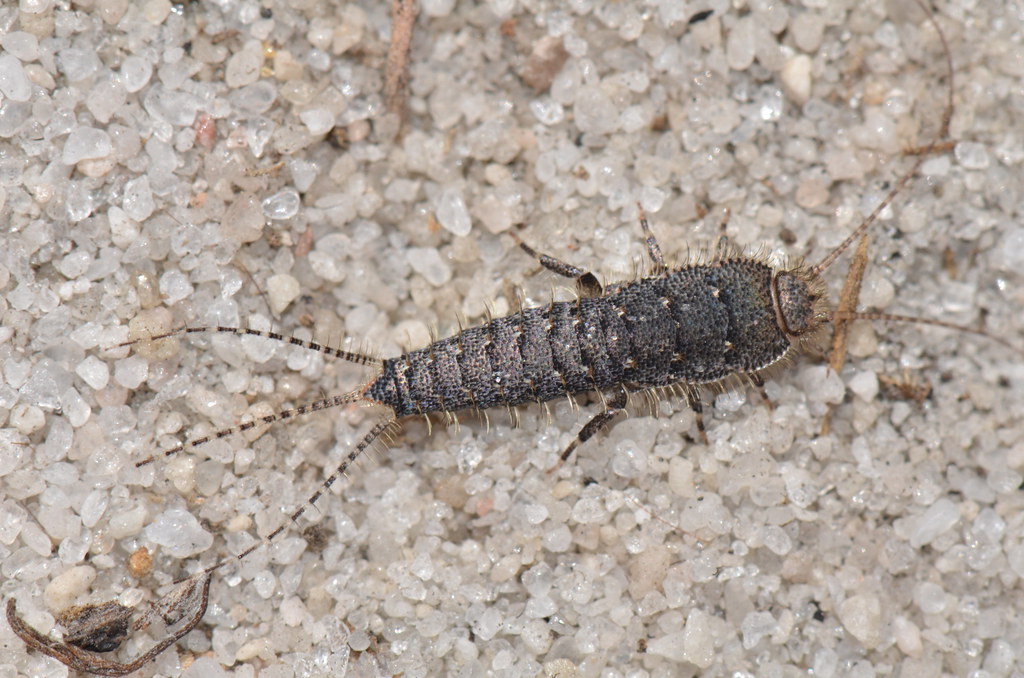
Silverfish (Lepisma saccharina and relatives) represent one of the oldest extant insect lineages, having emerged approximately 400 million years ago during the Devonian period. These primitive insects possess a distinctly ancient body plan characterized by a carrot-shaped, wingless body covered in silvery scales, with three long filaments protruding from their abdomen. Fossil evidence reveals that ancient silverfish bore remarkably similar features to modern specimens, with very few evolutionary modifications over hundreds of millions of years. Their primitive morphology places them among the most basal of all insect orders, having diverged before the evolution of wings and complete metamorphosis. Silverfish thrive in dark, humid environments where they feed primarily on starchy materials and cellulose, a dietary adaptation that has served them well since prehistoric times and continues to help them flourish in human dwellings today.
Dragonflies and Damselflies: Ancient Aerial Predators
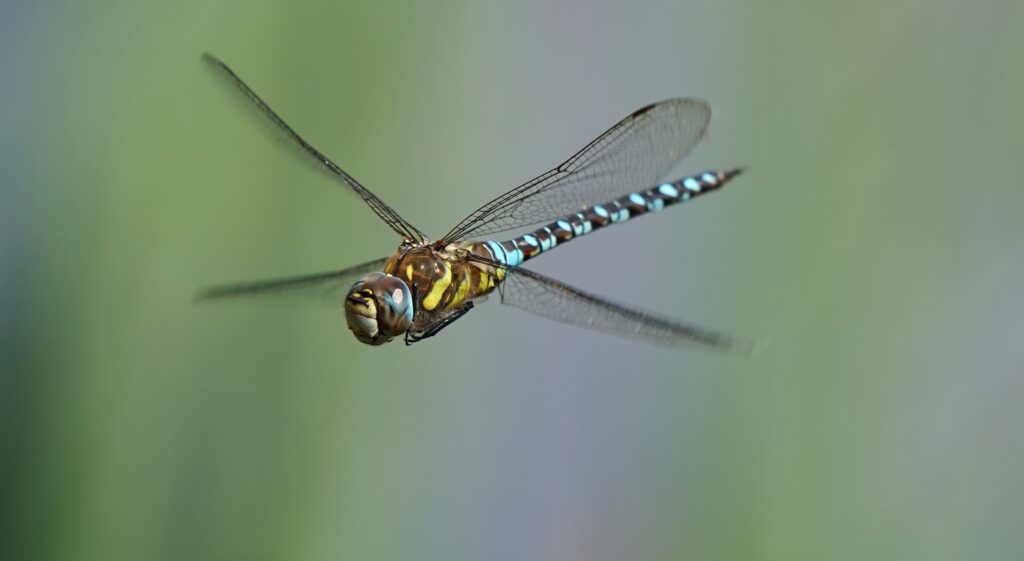
Modern dragonflies and damselflies (order Odonata) are the downsized descendants of truly massive insects that ruled the skies during the Carboniferous period approximately 300 million years ago. Their prehistoric ancestors, like Meganeura, boasted wingspans of up to 2.5 feet, making them among the largest insects ever to exist. Despite the reduction in size, today’s odonates maintain the same fundamental body structure and predatory habits as their giant predecessors. Their distinctive features—including large compound eyes that provide nearly 360-degree vision, two pairs of strong, transparent wings, and an elongated abdomen—have remained remarkably consistent throughout their evolutionary history. The specialized flight capabilities that allow modern dragonflies to hover, fly backward, and reach speeds up to 35 mph evolved early in their lineage and have been preserved through the eons, demonstrating the effectiveness of this ancient hunting strategy.
Mayflies: Ephemeral Lives with an Ancient Lineage

Mayflies (order Ephemeroptera) represent one of the oldest groups of winged insects, with fossils dating back approximately 300 million years to the Carboniferous period. Their name reflects their famously brief adult lifespan—often just a few hours to days—during which they neither feed nor drink, existing solely to reproduce. Modern mayflies retain numerous primitive features that closely resemble their ancient ancestors, including their distinctive triangular wings held vertically when at rest and their unique subimago stage, an intermediate form between nymph and adult found in no other insect order. The aquatic nymphs that comprise the majority of the mayfly life cycle display gill structures and body forms nearly identical to those found in Paleozoic fossils. This remarkable conservation of form across geological epochs suggests that mayflies achieved optimal adaptation to their ecological niche very early in their evolutionary history and have maintained this successful blueprint ever since.
The Mantis: Prehistoric Ambush Predators
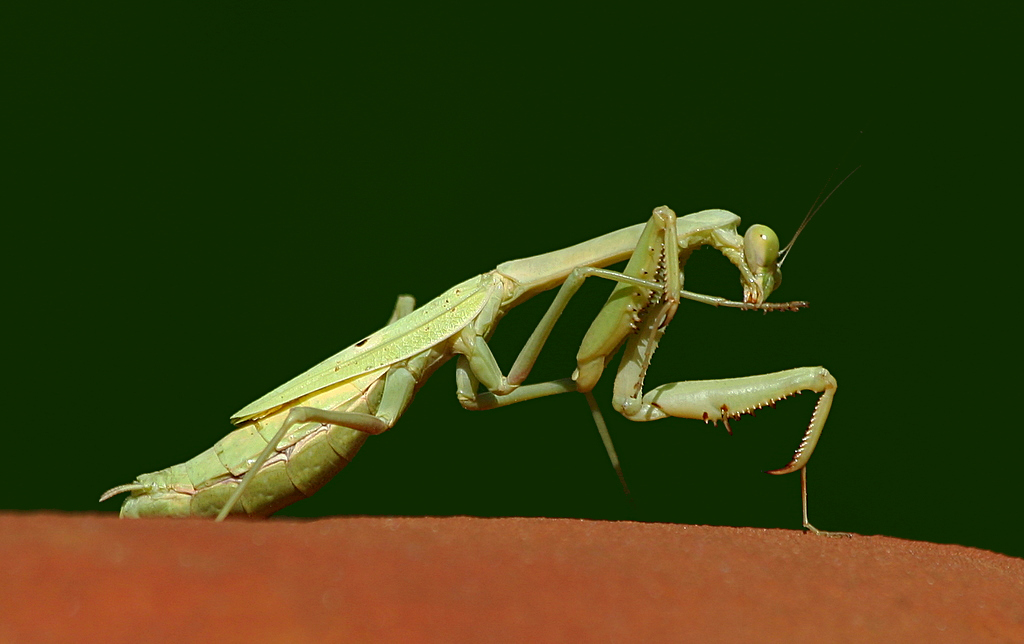
Praying mantises (order Mantodea) have been employing their distinctive ambush hunting strategy since the Cretaceous period, approximately 135 million years ago, with some fossil evidence suggesting their lineage may extend even further back. The mantis’s most distinctive features—raptorial forelegs equipped with spines for grasping prey, a highly mobile triangular head capable of 180-degree rotation, and cryptic coloration—appear virtually unchanged in fossil specimens compared to modern counterparts. Their characteristic posture, with forelegs folded as if in prayer, has been preserved across millions of years of evolution. The neurological adaptations that allow mantises to track prey with exceptional visual acuity and strike with remarkable speed evolved early in their history and remain refined in today’s species. This evolutionary consistency demonstrates the effectiveness of their specialized predatory adaptations, which have required minimal modification to remain successful across drastically different environmental conditions and time periods.
Walking Sticks: Masters of Camouflage Through the Ages
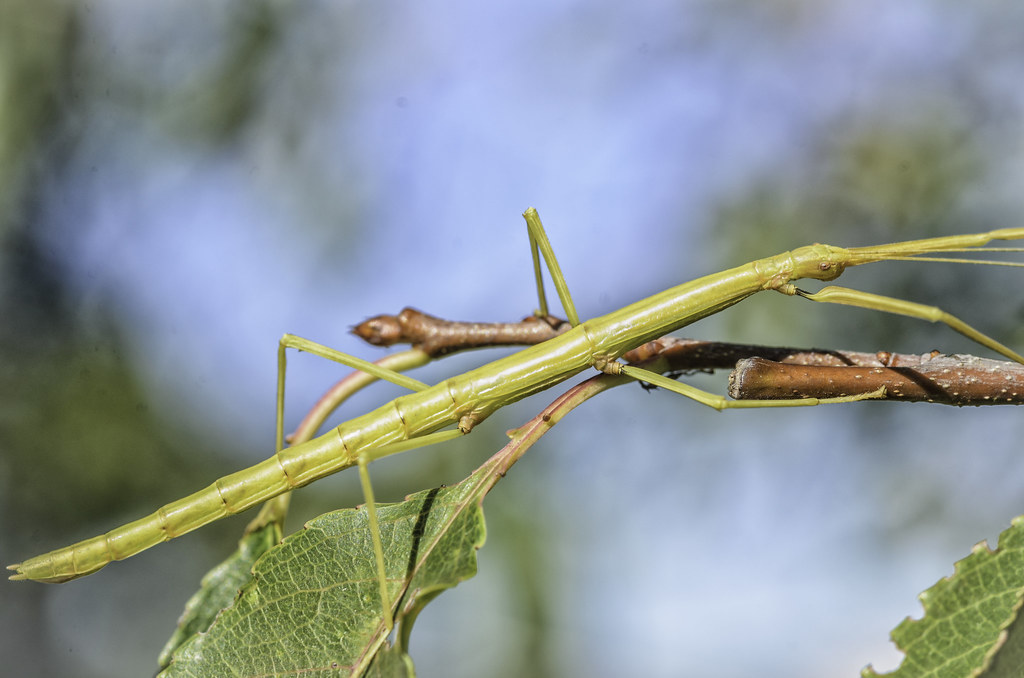
Walking sticks (order Phasmatodea) represent one of nature’s most successful examples of evolutionary mimicry, a strategy they have employed for at least 126 million years since the early Cretaceous period. Fossil evidence reveals that ancient phasmids displayed the same elongated, twig-like bodies and cryptic coloration as their modern descendants, indicating this specialized form of camouflage evolved very early in their lineage. Some preserved specimens in amber even show the same defensive behaviors observed in contemporary species, including catalepsy—the ability to remain perfectly motionless for extended periods. The remarkable similarity between fossilized walking sticks and living species extends to their reproductive strategies, with females of many species capable of parthenogenesis (reproduction without fertilization), a trait that likely contributed to their long-term survival. This evolutionary consistency across vast timescales demonstrates the exceptional effectiveness of their specialized adaptations for avoiding predation.
Termites: Ancient Social Architects

Termites (order Blattodea, formerly Isoptera) have maintained their complex social structures and architectural prowess for over 130 million years, with their lineage diverging from cockroaches during the early Cretaceous period. Fossil evidence reveals that ancient termite colonies exhibited the same caste systems observed in modern species, with workers, soldiers, and reproductive individuals fulfilling specialized roles within the community. The earliest known termite nests, preserved as trace fossils, display architectural complexity remarkably similar to contemporary structures, including sophisticated ventilation systems and temperature regulation capabilities. Perhaps most impressive is the preservation of their symbiotic relationship with gut microorganisms that allow termites to digest cellulose—a partnership that has remained fundamentally unchanged for millions of years. This evolutionary stability in both physical characteristics and behavioral patterns demonstrates the exceptional efficiency of termite social organization, which has required little modification to remain successful across drastically different environmental conditions.
Stoneflies: Pristine Water Indicators Since the Permian
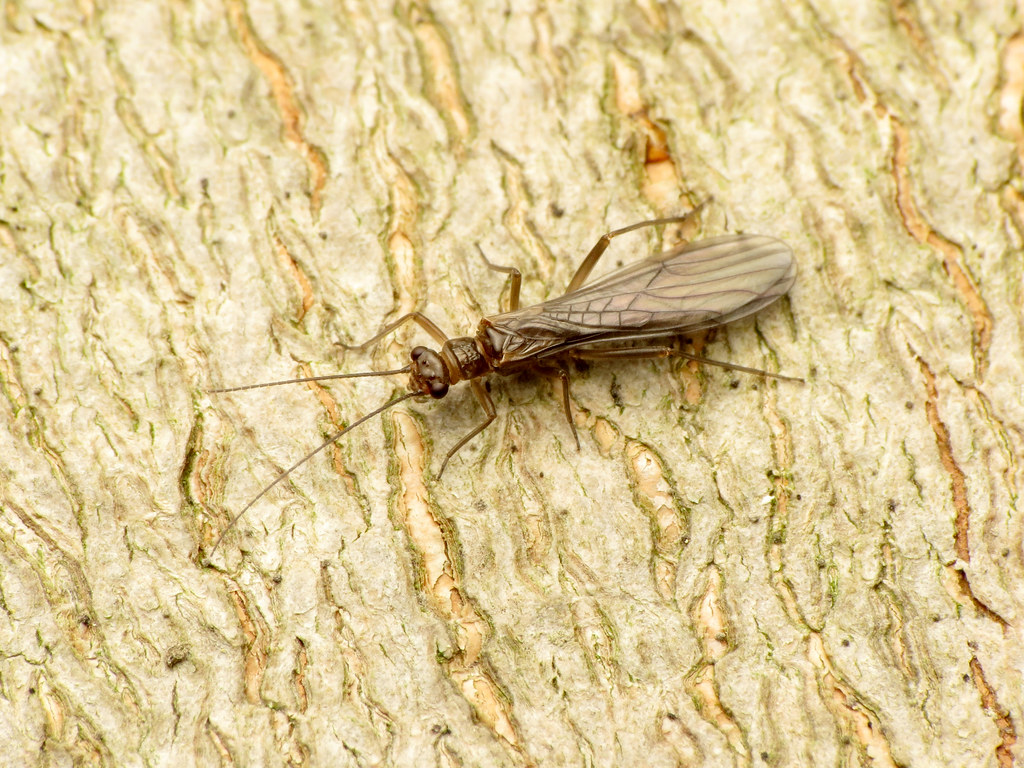
Stoneflies (order Plecoptera) have maintained their distinctive form and ecological role for approximately 250 million years, with fossils dating back to the Permian period showing remarkable similarity to modern species. These aquatic insects display numerous primitive features that have been conserved through geological time, including their flattened bodies, long cerci (tail projections), and the nymphs’ distinctive external gill structures. Modern stoneflies serve as important bioindicators of water quality due to their low tolerance for pollution and requirement for highly oxygenated waters—ecological preferences that appear to have remained unchanged since their ancient origins. The characteristic “drumming” behavior used by males to attract mates by tapping their abdomens against substrates appears in the earliest descriptions of these insects and continues in contemporary species. This evolutionary conservation extends to their life cycle, with modern stoneflies maintaining the same hemimetabolous development (incomplete metamorphosis) and ecological requirements as their ancestors from hundreds of millions of years ago.
Bristletails: The Most Primitive Hexapods

Bristletails (order Archaeognatha) represent perhaps the most primitive living insects, having diverged from other hexapod lineages approximately 420 million years ago during the Silurian period. These small, wingless insects display numerous ancestral features that have remained virtually unchanged since their origin, including their arched body shape, scales covering their exoskeleton, and the distinctive jumping mechanism powered by their abdominal appendages. Modern bristletails possess compound eyes that meet at the top of their head—a primitive characteristic not found in more derived insect orders. Their mouthparts retain an unusual monocondylic mandible (connected by a single point of articulation), a feature considered ancestral to all insects and preserved through hundreds of millions of years of evolution. The remarkable preservation of these ancient characteristics makes bristletails invaluable to entomologists studying insect evolution, providing a living window into the morphology of early hexapods that first colonized terrestrial environments.
The Evolutionary Significance of Living Fossil Insects
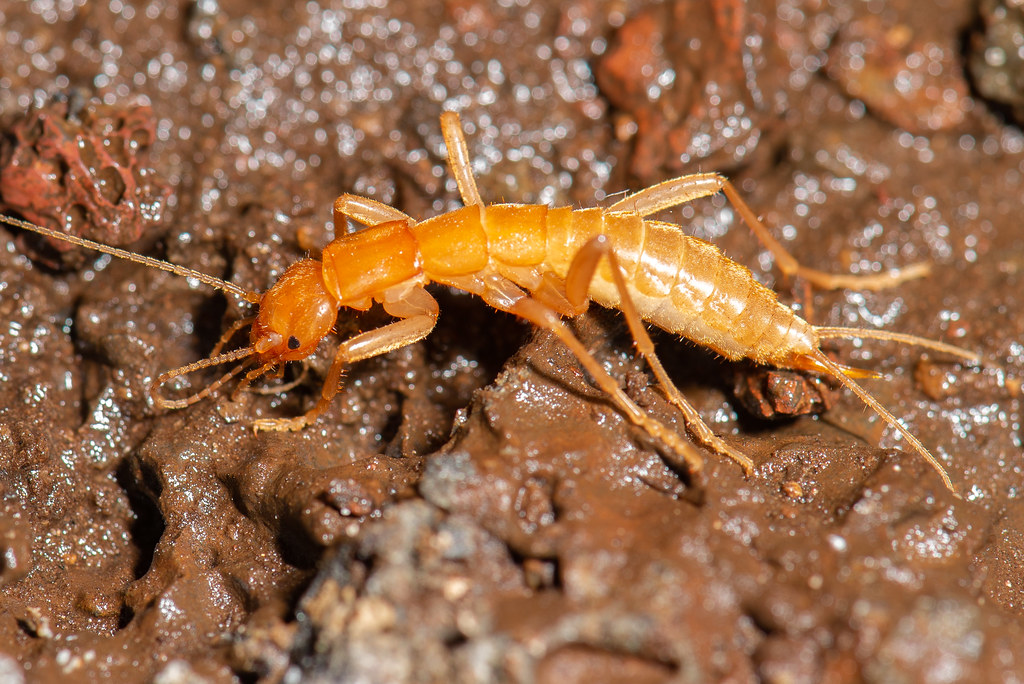
Living fossil insects challenge conventional understandings of evolutionary processes, raising important questions about the factors that promote or inhibit morphological change over time. While Darwin’s theory emphasizes adaptation and change, these ancient lineages demonstrate that evolutionary success can also result from morphological consistency when an organism achieves optimal adaptation to a stable ecological niche. Scientists study these insects to understand the genetic mechanisms that enable evolutionary stasis, including highly conserved developmental pathways and genomic stability. The persistence of these ancient insects through multiple mass extinction events provides valuable insights into biological resilience and the characteristics that enable long-term survival. Additionally, these living fossils serve as crucial calibration points for molecular clock analyses, helping researchers establish more accurate timelines for evolutionary divergence events across the insect tree of life.
Conservation Challenges for Ancient Insect Lineages

Despite surviving for hundreds of millions of years through dramatic climate shifts and mass extinctions, many of Earth’s oldest insect lineages now face unprecedented threats from human activities. Habitat destruction poses a particular challenge for specialized ancient insects with specific ecological requirements, such as stoneflies that depend on pristine waterways or certain mantis species requiring undisturbed forest habitats. Climate change represents another significant threat, as the rate of environmental alteration may exceed the adaptive capacity of species that have evolved for stability rather than rapid change. The introduction of invasive species and widespread pesticide use further compounds these pressures, creating novel challenges these ancient lineages have never encountered during their long evolutionary history. Conservation efforts for these living fossils are critically important not only for biodiversity preservation but also for maintaining these irreplaceable windows into Earth’s distant past and the evolutionary processes that shaped life on our planet.
Conclusion: What Ancient Insects Teach Us About Evolution and Survival
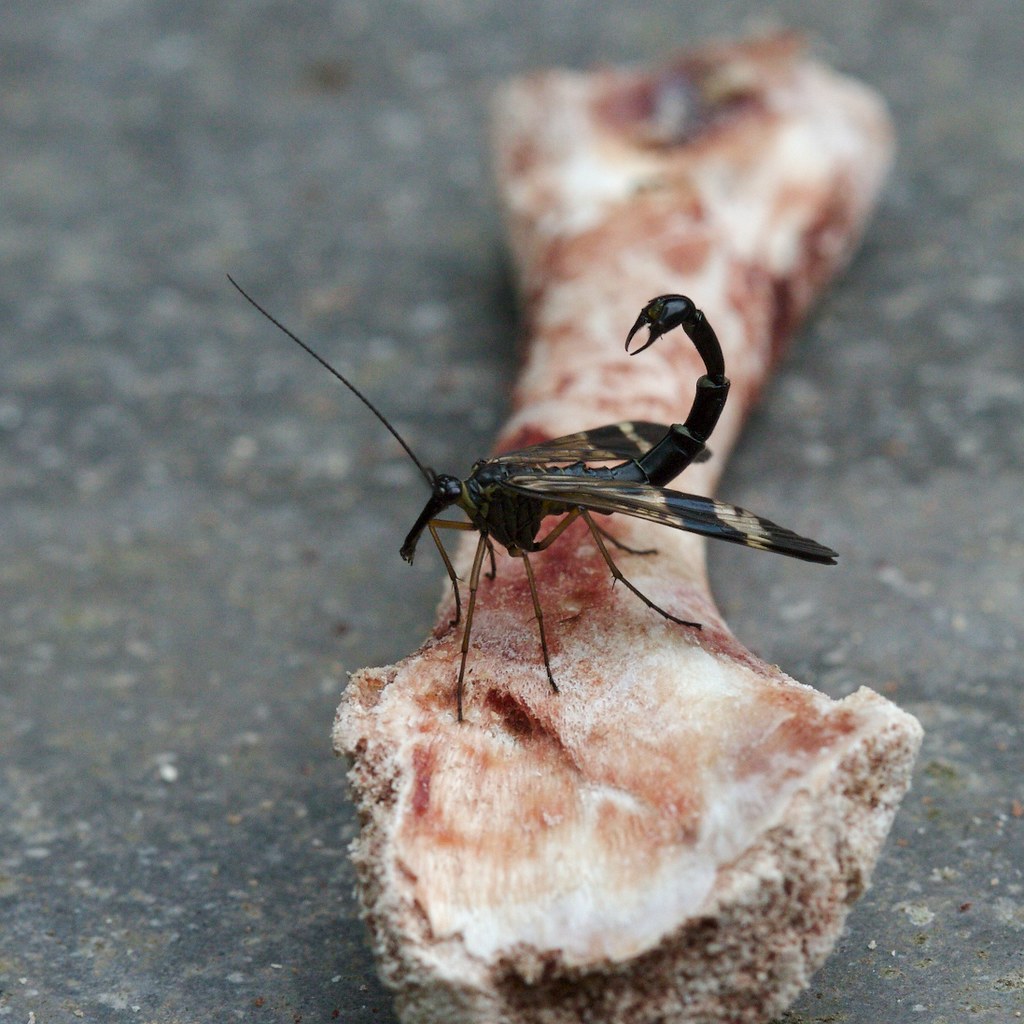
The remarkable evolutionary stability of Earth’s oldest insect lineages offers profound insights into the mechanisms of survival and adaptation over vast timescales. These living fossils demonstrate that evolutionary success is not always measured by change and diversification, but sometimes by achieving a form so perfectly adapted to fundamental ecological niches that it requires little modification across hundreds of millions of years. The persistence of these ancient insects through multiple mass extinctions—events that eliminated up to 96% of marine species and drastically reshaped Earth’s ecosystems—testifies to the exceptional resilience of their basic body plans and behavioral strategies. As we face accelerating environmental changes in the modern era, these ancient survivors may hold valuable lessons about biological resilience and adaptation. By studying and preserving Earth’s oldest insect lineages, we maintain not only biodiversity but also living connections to our planet’s distant past—evolutionary success stories that have withstood the ultimate test of time.

